Yamaha MT-15 Buyer's guide review
Carrying the legacy of the Yamaha MT series, the Yamaha MT-15 is the street-naked version of the Yamaha R-15, and it is designed for everyday riders who crave a sports motorcycle that prioritizes practicality over performance. It was first manufactured in 2018, based on the Yamaha YZF-R15. Since then, several countries such as Thailand, Indonesia, Vietnam, Malaysia, and India have been manufacturing this bike with slight changes in its original design. It is available in three variants and six color options, and these new color designs seem to be enhancing the appearance of the MT-15. The name MT stands for Master of Torque, which this bike has repeatedly proven on several occasions.
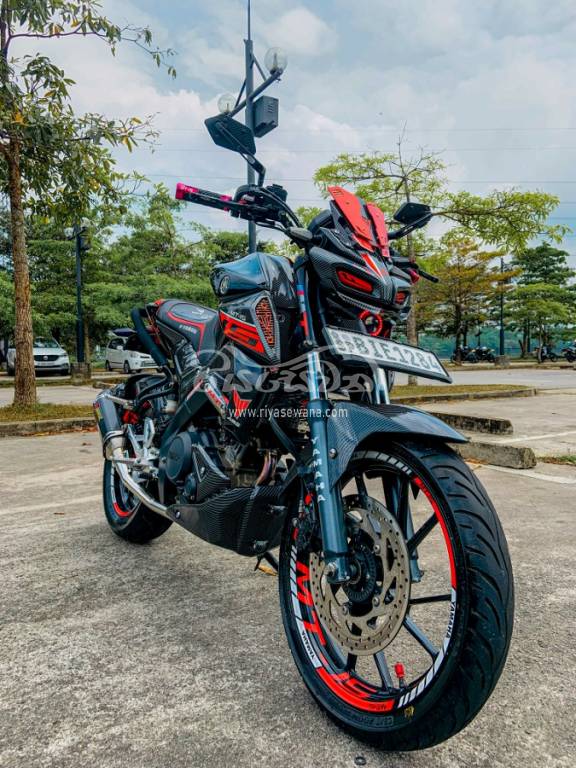
Figure 01: The front exterior view of the 2019 Yamaha MT-15 Motorbike
History
The history of the Yamaha MT series runs back to 1995. When Ducati Monster introduced the naked motorcycle category in 1992, Yamaha started developing their own naked motorcycle in 1995. Then at the Tokyo Motor Show of 1999, they unveiled the first concept model of the Yamaha MT-01 and released it to the world in 2005, with a 1670CC 48-degree V-twin engine attached to a CF aluminum diecast frame. At the root of this production was Yamaha’s own Jin-Ki Kanno concept, which states that a bike should be more focused on rider experience than speed. It meant that the MT should be agile, provide an active throttle response, and have a fun riding experience. After 10 years, the flagship model of the MT series, the MT-10 was released in 2015, based on the frame and the four-cylinder cross-plane unit from the YZF-R1. The engine was completely redesigned, and it was meant to stand out from MT-07 and MT-09 with its own unique merits and individuality.
However, the 2016 version of the Yamaha MT-10 set a benchmark with 249 Kmph top speed, and it was later derived to the MT-15, which was initially launched in 2018 with a 150CC engine and all the best features of its predecessors. With the help of the Yamaha Racing Platform (YZF), it possessed the soul of an original naked streetfighter bike with all its new features.
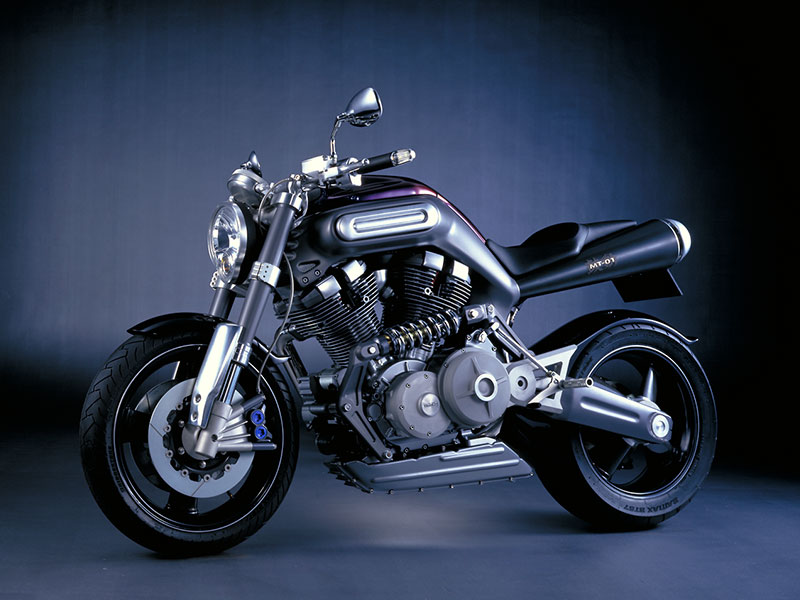
Figure 02: The first concept model of the Yamaha MT-01 which was revealed at the 1999 Tokyo Motor Show.
Engine and Performance
The Yamaha MT-15 has a 155CC, single-cylinder, liquid-cooled, four-stroke engine with a single overhead camshaft (SOHC). With its 11.6:1 compression ratio, the engine creates a maximum power of 19.3 horsepower at 10,000 RPM, along with a maximum torque of 14.7 Nm at 8500 RPM. When this power and torque are sent through the six-speed constant mesh gearbox of this bike, you can have a 130 Kmph maximum speed, and you can reach 100 Kmph from 0 ithin 11.76 seconds. With a 52-teeth rear sprocket that's bigger than the R15's, the gearing of this bike is very short, and the ride remains smooth throughout most of its rev range. It has a 12V, 4.0 Ah (10HR) ETZ-5 battery with a primary reduction ratio of 3.042.
This bike not only allows you to travel at high speeds, but it also allows you to stop the bike whenever necessary with its strong hydraulic single-disc brakes on both wheels (282 mm disc at the front and 220 mm disc at the back). To prevent the driver from falling off the bike when the brakes are pulled, the manufacturers have installed a single-channel ABS for better braking control. The MT-15 has a telescopic suspension in the front and a linked-type mono-shock suspension in the back.
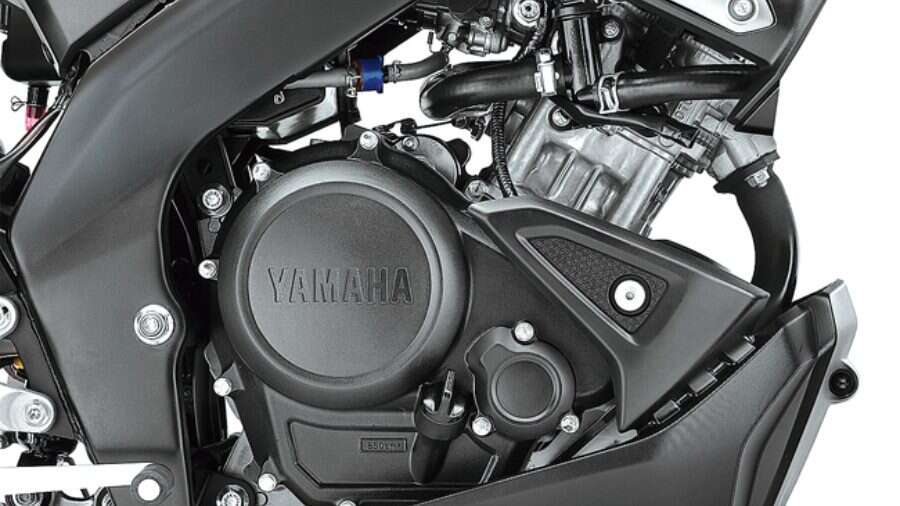
Figure 03: The engine view from the outside of the 2022 Yamaha MT-15
Due to Yamaha's Variable Valve Actuation (VVA) technology, this 155CC engine of the MT-15 is able to create a power equal to a 200CC engine. The main objective of the VVA technology is to increase the fuel consumption of the bike when the RPM value is below 6000 and to increase the power output when the RPM value is above 6000. As mentioned earlier, the gearing of this bike is very short, and you can crawl in traffic in its fourth gear at 20 Kmph without any hesitation from the engine. This explains the fuel consumption rate of this bike, which is way better than the Yamaha R15. A rider can expect a fuel consumption rate of 45-53 KmpL from the MT-15 within a city limit. It has a 10-liter fuel tank, and you can enjoy a maximum range of 530 kilometers with its tank full. This MT-15 has a smooth, high-revving, and more powerful engine than any other 150CC bike.
Exterior and Design
The MT-15 has an aggressive street fighter design with a Deltabox chassis. Anyone who looks at the MT-15 will first notice its glamorous body design. It has an overall length, width, and height of 2020 mm, 800 mm, and 1070 mm, respectively. The minimum ground clearance is 155 mm, and the wheelbase is 1335 mm tall. It also features an LED projector headlight and twin LED DRLs that give this bike a unique look. With the enhanced night vision of this Bi functional LED headlight, you can take on the darkest streets with confidence. It has a set of 17" tubeless tires, which you can find in any tire shop. The back of this bike has a smooth LED taillight, a tire hugger, and a license plate holder. It also has a grab rail for the pillion to hold on. But if we consider the pillion seat of this bike, you might wonder whether it has enough space for the pillion rider.
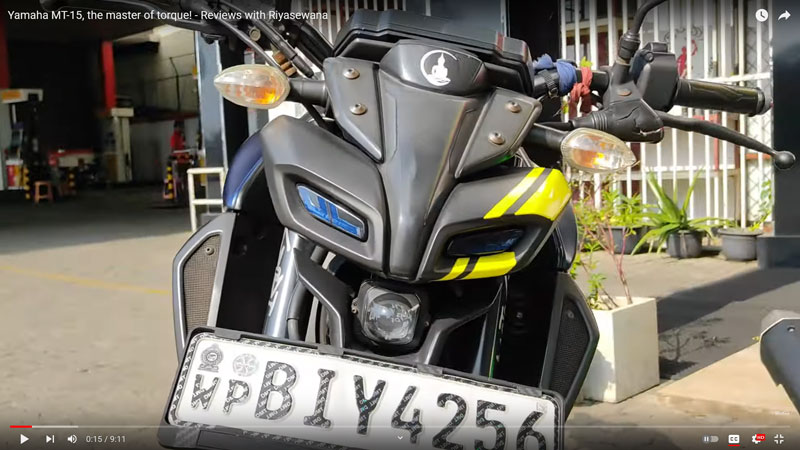
Figure 04: The headlight and DRL design of the 2022 Yamaha MT-15.
The Yamaha R15 and the MT-15 have the same chassis, engine, and suspension setup. But the manufacturers have changed their driving experience by making minor adjustments to those setups. But basically, they both have the same hardware components. It has a new reverse LCD cluster, which also features Bluetooth, call alerts, and email notifications. However, it has no navigation system in it. The reverse LCD cluster might be easy to read, but its indicator stalks or switches could be better.
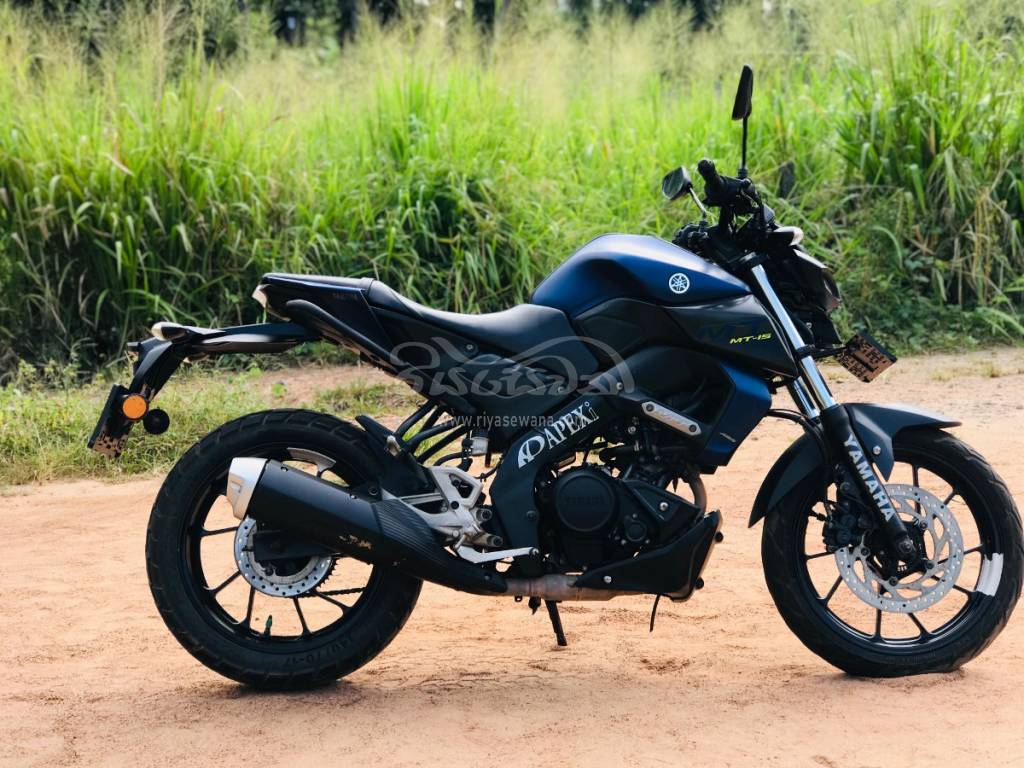
Figure 05: The body design of the 2022 Yamaha MT-15 from its side view.
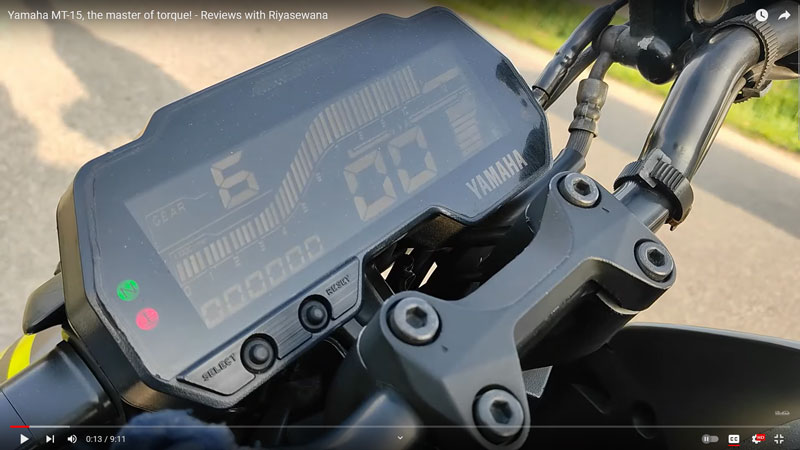
Figure 06: The LCD cluster of the 2022 Yamaha MT-15.
Driving and User Experience
Even though the Yamaha MT-15 has the engine of a sports bike, it does not have the attack stance a sports bike would have. Instead, it has a natural stance. That makes this bike practical in traffic, comfortable on long rides, and fun when you go at full throttle. The MT-15 is considerably lighter than the Yamaha R15, but it is not as aerodynamic as the R15. However, 90% of the day-to-day MT-15 riders in Sri Lanka agree with the fact that the MT-15 is more practical than the R15. The steering geometry and short wheelbase make the ride extremely agile and nimble. With its Assist & Slipper Clutch (ASC) feature, it is adopted to reduce the weight of clutch pull and provide low-stress shifting during deceleration. It also creates smooth downshifts and prevents the engine from braking.
In terms of comfort, the MT-15 is able to offer a better experience than the R15 because of its relatively upright seating position. The seat is perfectly cushioned, but long journeys can cause a little discomfort. The single-channel ABS is not effective on this bike since it can’t independently control the front and rear brakes. With the poor road and traffic conditions in Sri Lanka, the riders tend to use more rear brakes than the front. But with the ABS only available for the front wheel of this bike, a locked rear wheel under panic or emergency braking could cause a rider to lose control. Therefore, a bike like this must have dual-channel ABS. The suspension setup of MT-15 aids in spirited riding, but you might feel road imperfections and rumbles at low speeds. The rear suspension is a little stiff, and sometimes the rider might find the irritating when going through potholes.
When it comes to servicing and maintenance of this bike, servicing might cost you around 10,000-12,000 LKR per 5000 kilometers or so. And the chain dryness of this bike is also a well-known issue of this bike which costs you extra for the lubricating. But with its good fuel consumption, safety measures, and brand-new features, this might be the most effective, attractively designed, unique-looking bike a rider can have.
The current market price of this vehicle varies around 0.5-1.2 million LKR, depending on its year and aftermarket specifications. You can find the latest prices with more details and motorbikes of this model for sale from the following link Yamaha MT-15 Latest Price
